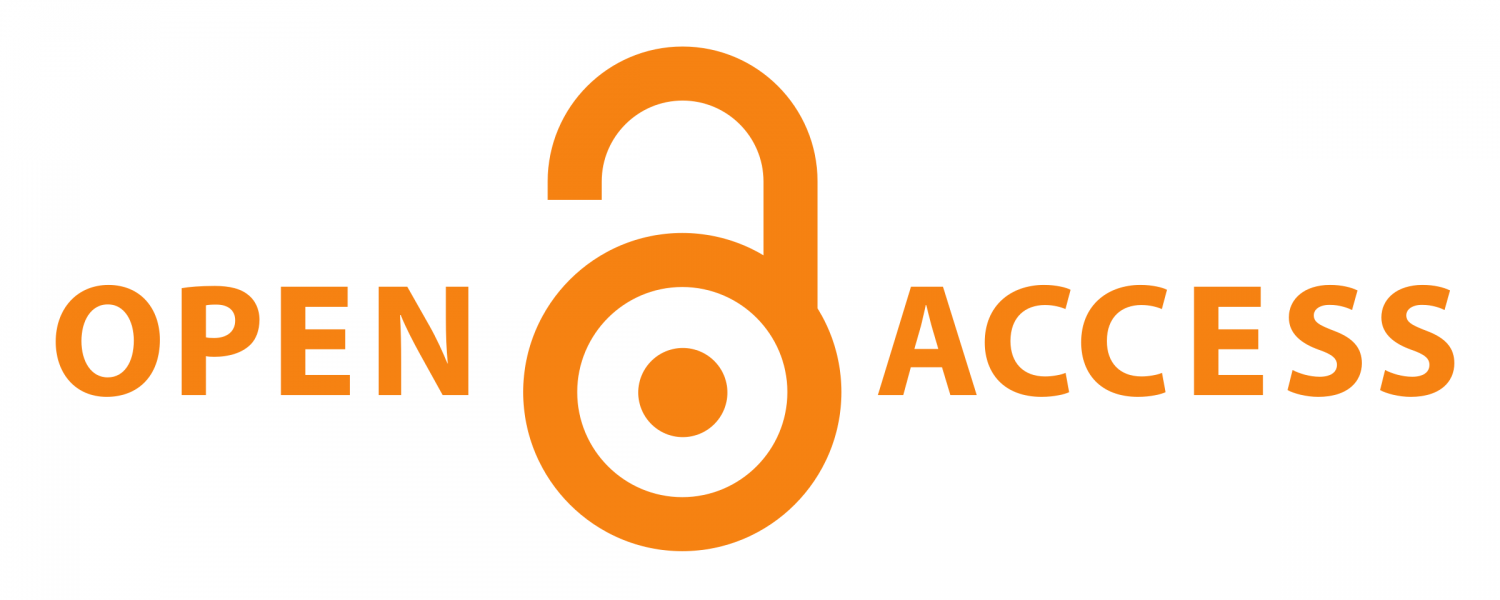Errors in The Acquisition of Various Grammar Items by Vietnamese Students at Elementary Level
初级水平越南学生习得各项语法项目的偏误情况
##doi.readerDisplayName##:
https://doi.org/10.20961/mandarinable.v2i2.953关键词:
Grammatical Errors, Errors Analysis, Elementary Level, Chinese Interlanguage, Vietnamese’ Student摘要
This article uses test papers from students at Ho Chi Minh University of Banking (HUB) in Vietnam as the interlanguage corpus. According to the "Chinese Proficiency Grading Standards for International Chinese Language Education" (New Standads), we find out the grammatical items in which learners make errors and count their error rates, compared with Vietnamese expressions, analyze the cause of the error. The results show that in the band 1 grammar items of the “New Standard”, the proportion of Vietnamese students' errors in the total number of grammar items is relatively low: HSK1 class students have a total of 9 errors, accounting for 18.7% of the total grammar items in the band 1. In HSK2-3 class, Except for demonstrative pronouns, the error rate of these items decreased significantly, with 3 items having zero error rates. At the same time, 2 new error items appeared with the acquisition of new grammar points in this stage. The students in HSK1 class have a high error rate mainly due to the structural auxiliary word "的", the preposition "和" and "跟", the preposition "在" and the adverbial indicating the time. The high error rate among students in HSK2-3 class is mainly reflected in the special sentence structures of "了1、了2. The types of errors are mostly out of sequence or missing components. Therefore, when training Chinese to Vietnamese students, it is necessary to strengthen their expression order of "subject- time- object- location- action", which can solve multiple word order errors. In addition, for the teaching of "tenses", it is necessary to increase the repetition rate of learning materials and repeatedly practice using context, which can greatly improve students' bias situation.
参考
Denonpho, M., Chokewinyoo, N., Pewdum, A., Fengxian, L., & Dongyan, W. (2023). A Comparative Analysis of the use of First-Person Pronouns in Chinese and Thai. MANDARINABLE: Journal of Chinese Studies, 2(1), 29-38.
Krahnke, K. J. (1983). Principles and practice in second language acquisition. Oxford: Pergamon Press
Na, Z. (2022). The Research of Online Chinese Teaching to Ethnic Chinese Children: 华裔儿童线上汉语教学研究. MANDARINABLE: Journal of Chinese Studies, 1(2), 84-91.
Phanata, S. (2023). The Current Situation and Development of Chinese Language Education in Indonesian Universities in the New Era: A Case Study of the Department of Chinese Language, Universitas Sebelas Maret: 新时代印尼高校中文教育的现状与发展——以三一一大学中文系为例. MANDARINABLE: Journal of Chinese Studies, 2(1), 53-57.
教育部中外语言交流合作中心, “国际中文教育中文水平等级标准,” 北京语言大学出版社. Accessed: Oct. 14, 2023. [Online]. Available: http://www.moe.gov.cn/jyb_xwfb/gzdt_gzdt/s5987/202103/t20210329_523304.html
汉考国际, “HSK考试介绍.” Accessed: Oct. 14, 2023. [Online]. Available: https://www.chinesetest.cn/gosign.do?id=1&lid=0
阮氏清, “越南学生习得汉语方位词的偏误分析及教学对策,” 辽宁师范大学, 2016.
郭莉, “越南留学生汉语学习语法偏误分析,” 广西师范大学, 2003.
高洁, “初级水平越南留学生汉语习得语法偏误的案例分析,” 现代语文(语言研究版), pp. 119–121, 2009.
赵金铭, 对外汉语教学概论. 商务印书馆, 2004.
鲁健骥, 对外汉语教学思考集. 北京语言文化大学出版社, 1999.
李恩华, 对外汉语教学中的偏误分析与统计应用. 上海大学出版社, 2008.
刘祥友, 对外汉语偏误分析. 世界图书出版广东有限公司, 2012.
欧阳晓芳, 汉语作为第二语言习得偏误分析. 武汉大学出版社, 2019.
农悦馨, “基于HSK动态作文语料库的越南留学生语篇偏误分析,” 广西大学, 2019.
张萍, 二语词汇习得研究. 外语教学与研究出版社, 2020.
文秋芳, 二语习得重点问题研究. 外语教学与研究出版社, 2010.
牛利杰, “初级汉语水平韩国高中生语法偏误研究,” 河北大学, 2019.
丁崇明, “韩国汉语中高级水平学生语法偏误分析,” 北京师范大学学报(社会科学版), pp. 105–110, 2009.
陈小琪, “美国北中中学沉浸式汉语学习者语法偏误研究,” 中山大 学, 2022.
##submission.downloads##
已出版
期次
栏目
##submission.license##
##submission.copyrightStatement##
##submission.license.cc.by4.footer##This is an open-access journal in accordance with the Creative Commons Attribution 4.0 International (CC BY 4.0) license. This permits users to:
Share — copy and redistribute the material in any medium or format
Adapt — remix, transform, and build upon the material
for any purpose, even commercially.
Under the following terms:
Attribution — You must give appropriate credit, provide a link to the license, and indicate if changes were made. You may do so in any reasonable manner, but not in any way that suggests the licensor endorses you or your use.
No additional restrictions — You may not apply legal terms or technological measures that legally restrict others from doing anything the license permits.












